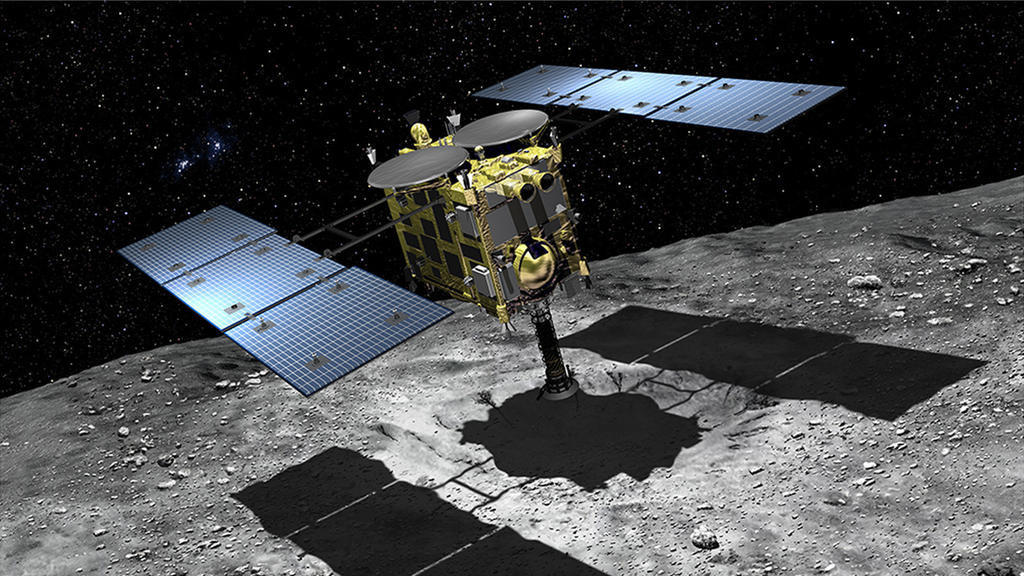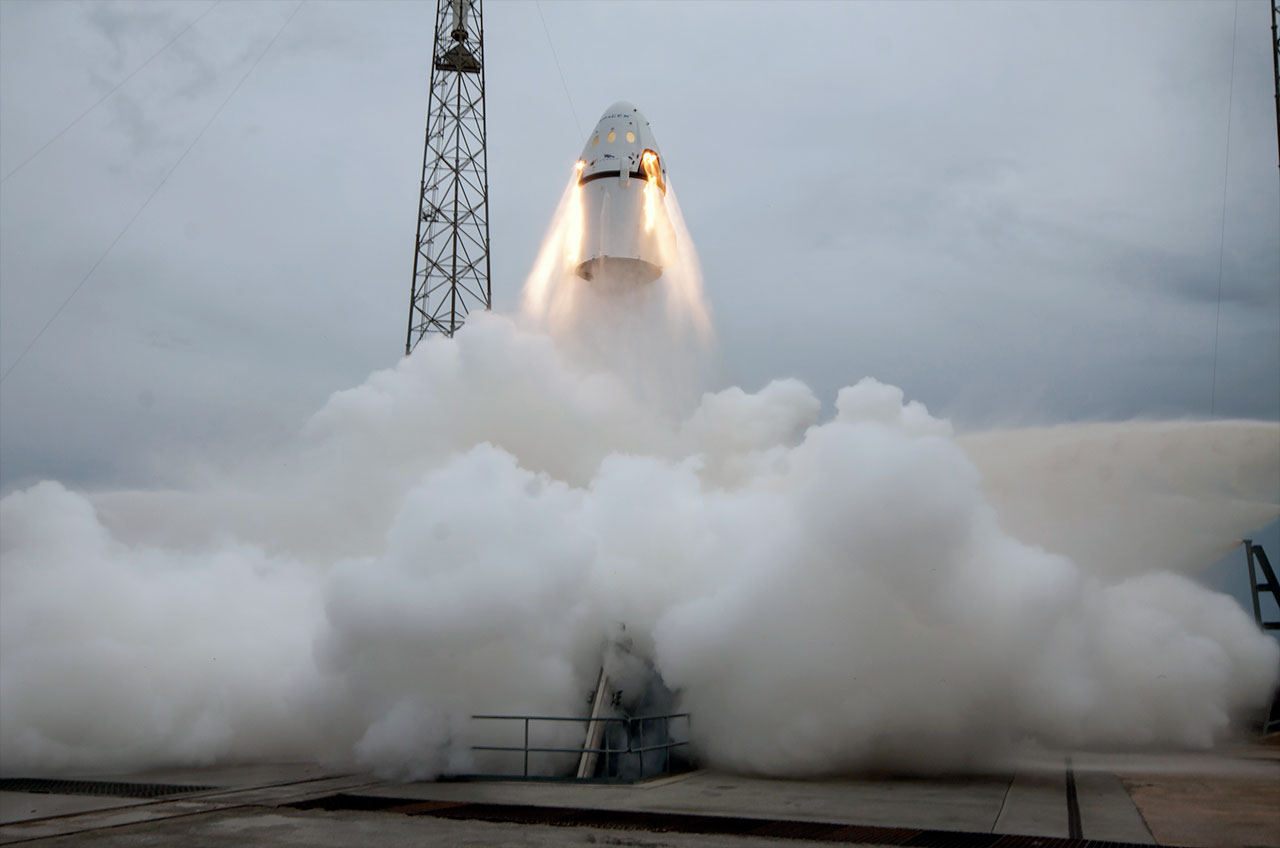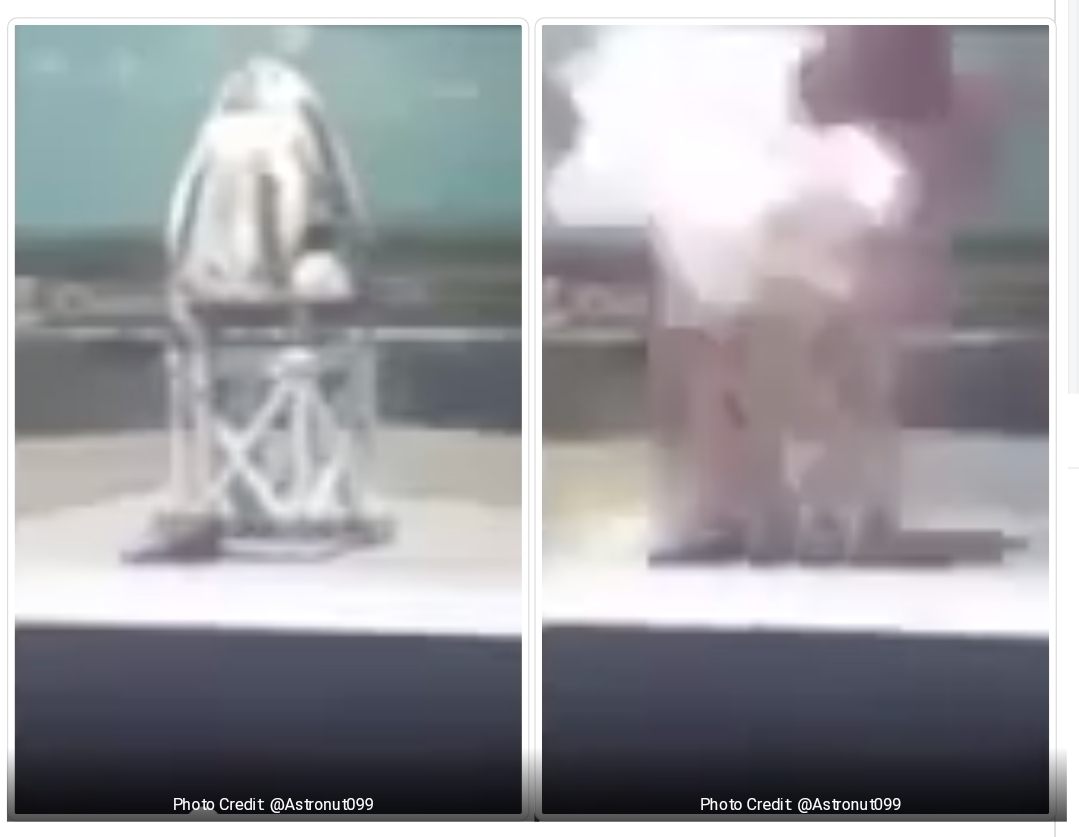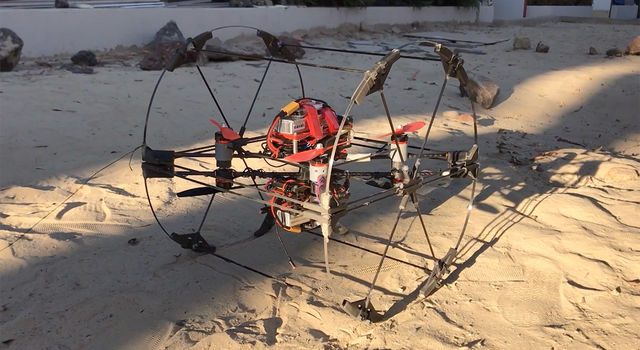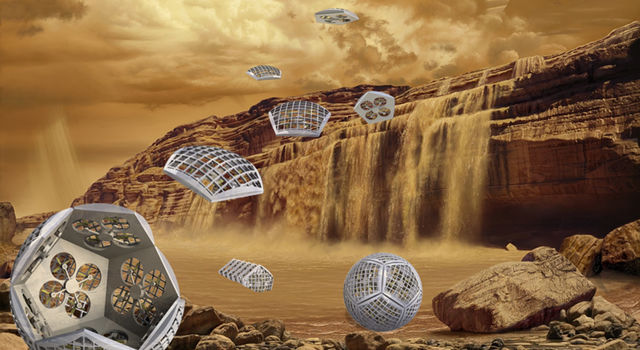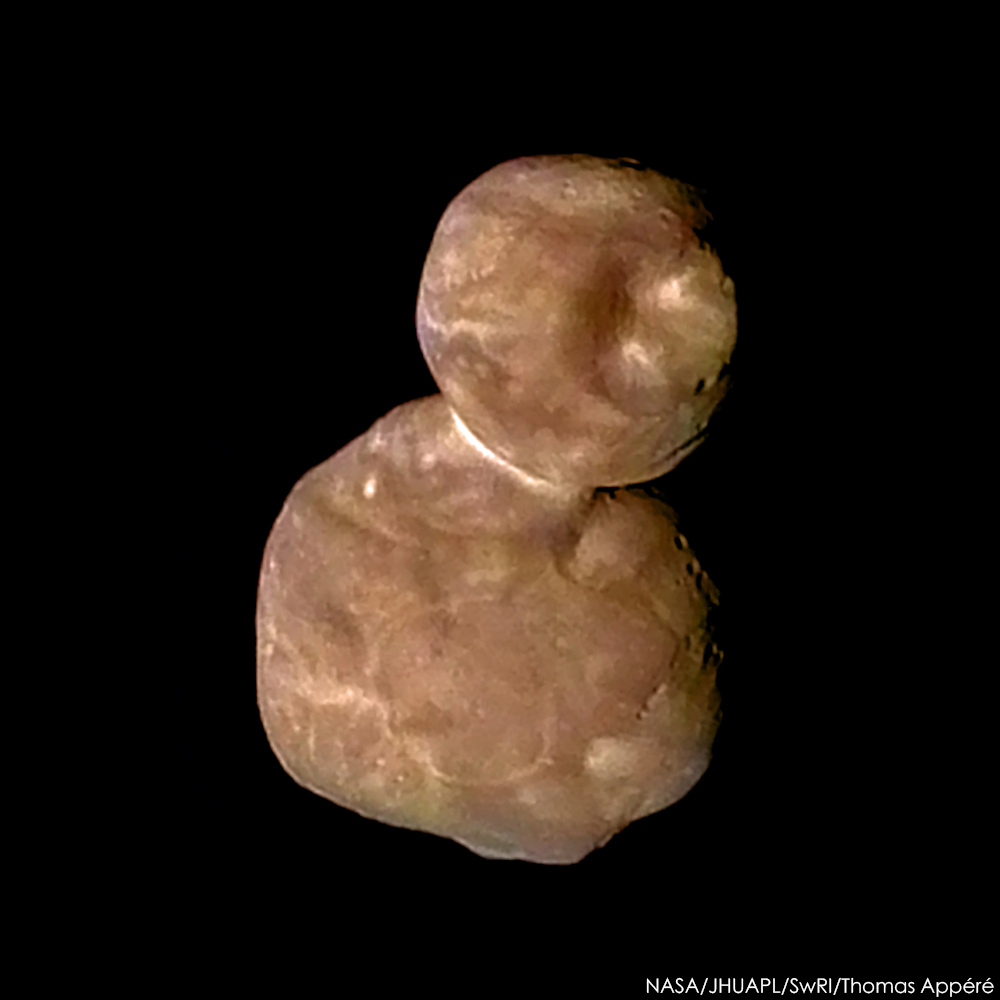Last month’s Space News was all about the race between Space x and Boeing to see which of these two aerospace corporations would be the first to launch a privately owned spacecraft carrying live astronauts. That is the stated goal of NASA’s ‘Commercial Crew Program’, a program that is now two years behind schedule. See my post of 25Jan2020. There’s been a bit more news about Space X and Boeing since then so I think I’ll begin with an update.
The bad news comes from Boeing. You may recall that back on the 20th of December Boeing launched its Starliner capsule on an unmanned final test flight to the International Space Station (ISS). The launch itself went well but while the spacecraft was adjusting its orbit a software glitch caused the maneuvering rockets to fire for so long that the spacecraft no longer had enough fuel to reach the ISS and complete the mission. The capsule was brought down from orbit and successfully recovered with what appeared to be only that single, software problem.

Not so fast. Turns out that there was another, potentially much more dangerous software problem that was caught just a few hours before it could have badly damaged the spacecraft. Just before re-entry the crew capsule has to discard its service module in order to expose the heatshield that will project it from the heat generated by fiction in the atmosphere. Once detached the service module then uses its maneuvering rockets to get out the capsule’s way so it can begin re-entry.

That’s where the second software glitch comes in because the service module’s rockets were being told to fire in exactly the wrong direction. This could have resulted in a collision of the two modules, potentially damaging the capsule’ heatshield and making re-entry impossible.
There may even be more issues that haven’t been identified yet; the NASA investigation isn’t completed. Regardless, this second issue will almost certainly require Boeing to carry out another, more successful unmanned test flight of Starliner before NASA will allow a manned flight.

Which makes it a safe bet that Space X will be the first private company to launch human beings into space. Having aced their final In-Flight-Abort test in January all that remains before astronauts Doug Hurley and Bob Behnken climb aboard Space X’s Dragon capsule for a trip to the ISS is paperwork, a lot of paperwork. Informed sources have stated that both NASA and Space X are working toward a target launch date of May 7th but realistically the mission could take place anytime between late April or early June. And just to make certain that the tees are crossed and the eyes dotted on all of that paperwork Space X has announced that they have hired former NASA Associate Director for Human Exploration and Operations William Gerstenmaier to oversee the final details. With his background in NASA’s shuttle and ISS programs Gerstenmaier will see to it that when Dragon does launch it will be as ready to go as humanly possible.


One question still to be resolved is just how long Hurley and Behnken will stay at the ISS. The original plan was for the Dragon capsule to only remain docked to the station for a week but at the moment Chris Cassidy is the only American aboard the ISS. To increase their presence on the ISS NASA is considering extending Hurley and Behnken’s mission to as much as three months. If that option is chosen then Hurley and Behnken may need to undergo some additional ISS training. Whichever option is chosen the countdown has begun, in just a matter of months the U.S. will be back in the business of human space flight.

Now of course NASA is also in the unmanned space exploration business as well, and there’s news from the furthest parts of our Solar system and beyond.
NASA is still downloading data from its New Horizons spacecraft that the probe gathered during its flyby of the Kuiper belt object Arrokoth, formerly Ultima Thule, back on New Year’s Day in 2019. Even from the first images that were sent back of the peanut shaped object however planetary scientists became convinced that Arrokoth was actually two objects that were fully formed before they joined softly together. See image below.

Now the New Horizons team thinks that their models of how Arrokoth formed may have a profound effect on theories of how our entire Solar system came into being. Current ideas about planet formation are rather violent, with orbiting boulders smashing into each other while proto-planets were bombarded by a constant rain of meteoroids.

The data from New Horizons suggests that the early Solar system may not have been quite so violent however. Perhaps the pieces that made up the planets came together more gently and as the proto-planet grew the force of gravity just squeezed everything together into the familiar ball shape that the planets have today. How much influence the work of the New Horizons scientists will have on our theories of the early solar system remains to be seen, after all other scientists still get their chance to examine and criticize it. Also it’s worth remembering that things are a lot colder and quieter in the outer Solar system anyway, after all Pluto’s velocity around the Sun is just about one tenth that of Mercury’s. With that in mind you would expect events in the outer Solar System to happen less violently.
I’d like to conclude this briefing by discussing the problem that NASA recently successfully fixed on the Voyager 2 space probe. First launched over forty years ago Voyager 2 is the only spacecraft to have visited four planets, Jupiter, Saturn, Uranus and Neptune.

Voyage 2 is still working; it’s left the Solar System now, joining its sister Voyager 1 in interstellar space. With only a tiny amount of energy still being provided by its Radioisotope Thermoelectric Generator (RTG) NASA has shut off all of the probe’s instruments except its magnetometer and cosmic ray detector to save power.
Then on January 25 Voyager 2 failed to perform a routine calibration of its magnetometer. Telemetry from the spacecraft indicated that a fault protection circuit had been activated to prevent a power overload. Since Voyager 2 is now so far away from Earth, 18.5 billion kilometers, it takes 17 hours for an instruction to reach the probe, and another 17 for the spacecraft’s response to reach Earth, even trying to understand the problem took a considerable amount of time. In fact it took a full three days of back and forth messages to sort out the power budget.
Still they did it; they managed to fix a 42-year-old spacecraft that’s now speeding through the space between the stars. Engineers at the Jet Propulsion Labouratory are confident that both Voyager probes could continue their missions for as much as another 10 years. Imagine that, fifty years of exploring both the Solar System as well as interstellar space.


